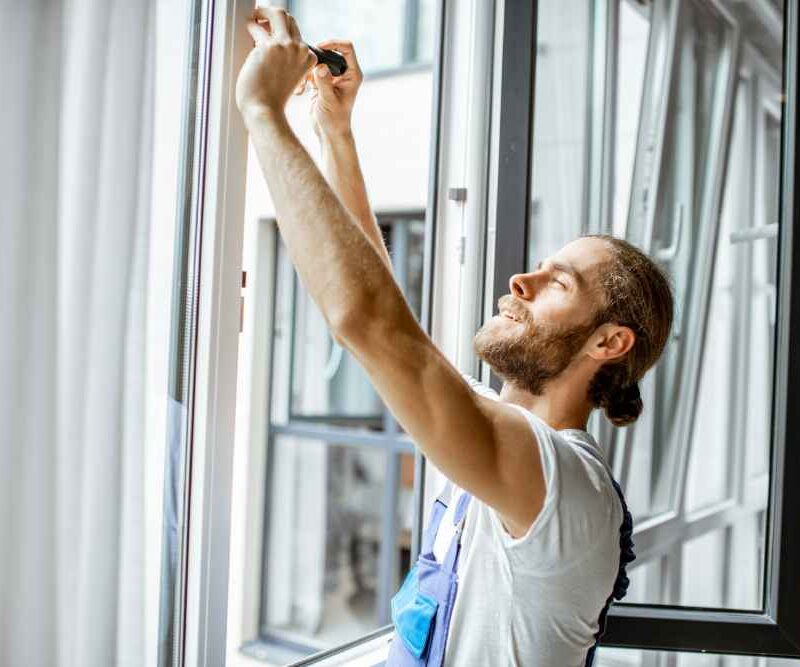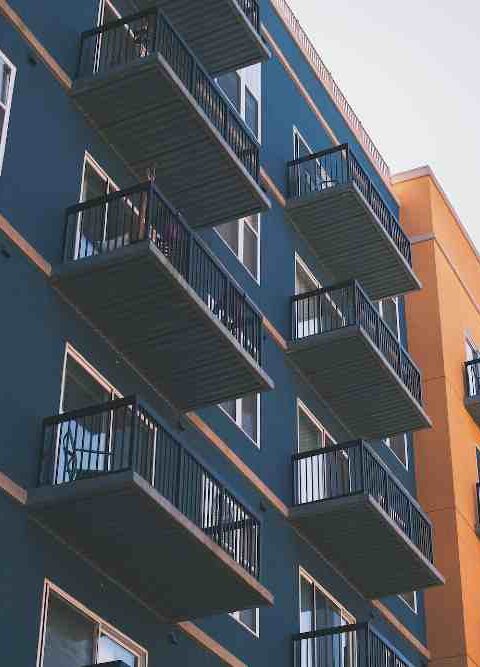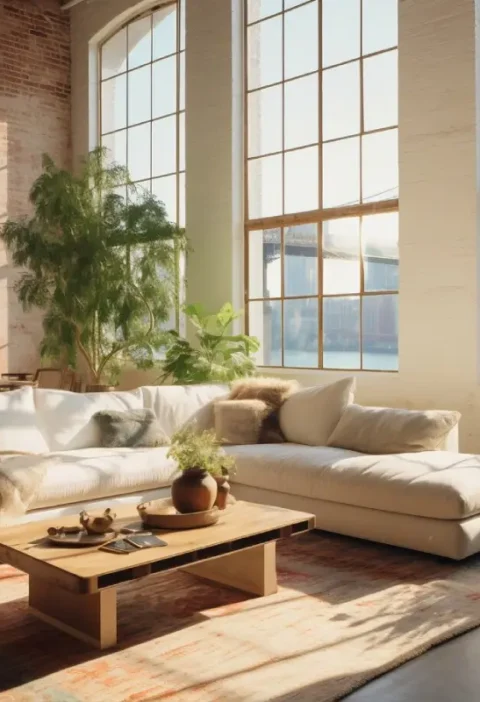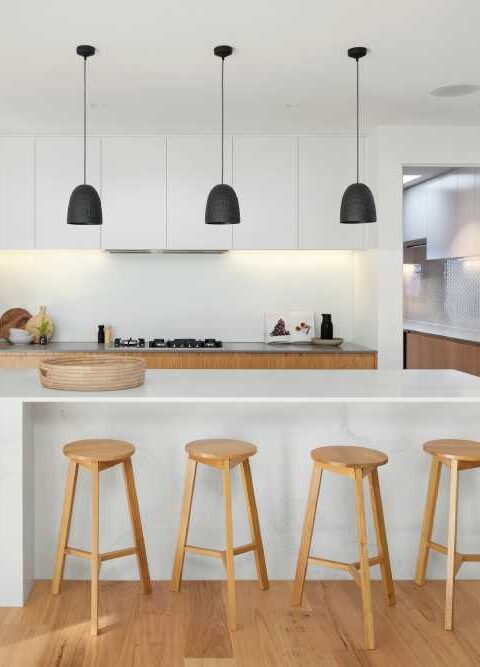Windows are more than just openings in your walls; they’re essential components that affect your home’s energy efficiency, comfort, and overall aesthetic. If you’re considering upgrading your windows, this comprehensive guide will walk you through the process, helping you make informed decisions to enhance your living space.
The Benefits of Window Replacement
Investing in new windows can offer numerous advantages:
Replacing your old windows is more than just a cosmetic upgrade; it’s an investment in your home’s future. Modern windows come with a host of benefits that can significantly improve your quality of life and save you money in the long run.
- Reduced Energy Costs: Modern windows provide superior insulation, potentially lowering your heating and cooling expenses.
- Increased Home Value: Quality window replacements often yield a high return on investment when selling your home.
- Enhanced Comfort: Eliminate drafts and cold spots for a more pleasant indoor environment.
- Improved Soundproofing: Many new windows offer better sound insulation, creating a quieter home.
- Low Maintenance: Contemporary windows often feature easy-to-clean designs and durable materials.
- UV Protection: Some models include coatings that shield your furniture and flooring from sun damage.
- Boosted Curb Appeal: New windows can dramatically improve your home’s exterior appearance.
Exploring Window Styles
When replacing your windows, you’ll encounter various styles:
The style of window you choose can dramatically impact both the functionality and aesthetics of your home. Each type offers unique benefits, and understanding these can help you make the best choice for your specific needs and architectural style.
- Single and Double-Hung: Vertical sliding sashes offer classic appeal and easy cleaning.
- Casement: Side-hinged windows that open outward, providing excellent ventilation.
- Sliding: Horizontal sliding windows are ideal for areas with limited exterior space.
- Bay and Bow: Projecting window assemblies that add architectural interest and interior space.
- Picture: Fixed windows designed for unobstructed views and maximum natural light.
- Awning: Top-hinged windows that open outward from the bottom, allowing ventilation even during light rain.
Choosing the Right Materials
The material you select for your windows impacts their performance, appearance, and longevity:
Window materials play a crucial role in determining the longevity, maintenance requirements, and energy efficiency of your new windows. Each material has its own set of pros and cons, and the best choice depends on your specific needs, budget, and climate.
Vinyl
– Pros: Affordable, low-maintenance, energy-efficient
– Cons: Limited color options, may not suit all architectural styles
Wood
– Pros: Classic appearance, excellent insulation, customizable
– Cons: Requires regular maintenance, can be costly
Fiberglass
– Pros: Extremely durable, low-maintenance, good insulation properties
– Cons: Higher initial cost, fewer style options
Aluminum
– Pros: Lightweight, strong, modern appearance
– Cons: Less energy-efficient, prone to condensation
Understanding Energy Efficiency Ratings
When shopping for windows, pay attention to these energy performance indicators:
Energy efficiency is a critical factor in window selection, especially given the rising energy costs and increased focus on environmental sustainability. Understanding these ratings can help you choose windows that will keep your home comfortable while minimizing energy consumption.
- U-Factor: Measures heat transfer; lower numbers indicate better insulation
- Solar Heat Gain Coefficient (SHGC): Indicates how much solar radiation passes through; lower numbers mean less heat gain
- Air Leakage: Measures air passage through the window assembly; lower is better
Look for windows with energy efficiency certifications to ensure they meet industry standards.
The Replacement Process
A typical window replacement project involves these steps:
The window replacement process can seem daunting, but understanding each step can help you prepare and ensure a smooth experience. From the initial consultation to the final cleanup, each phase is crucial in achieving the best results.
1. Consultation: A professional assesses your current windows and discusses your needs.
2. Measurements: Precise measurements ensure a perfect fit for new windows.
3. Selection: Choose your preferred styles, materials, and features.
4. Ordering: Custom windows are ordered from the manufacturer.
5. Removal: Old windows are carefully removed.
6. Installation: New windows are installed with proper alignment and sealing.
7. Insulation: Gaps are filled to maximize energy efficiency.
8. Finishing: Trim work is completed, and the area is cleaned.
Selecting a Reliable Contractor
Choosing the right professional is crucial for a successful project:
The success of your window replacement project largely depends on the skill and reliability of your contractor. A reputable professional can guide you through the process, ensure proper installation, and provide valuable advice on window selection.
– Obtain multiple quotes from reputable contractors
– Verify proper licensing and insurance
– Read customer reviews and request references
– Inquire about warranties for both products and installation
– Discuss the project timeline and potential disruptions
Professional vs. DIY Installation
While DIY installation might seem cost-effective, professional installation is generally recommended. Proper installation requires specialized skills and tools to ensure optimal performance, energy efficiency, and longevity of your new windows.
The decision between professional and DIY installation is an important one. While DIY might save money upfront, improper installation can lead to air leaks, water damage, and reduced window performance, potentially costing more in the long run.
Maintaining Your New Windows
To maximize the lifespan and performance of your replacement windows:
Proper maintenance is key to ensuring your new windows continue to perform optimally for years to come. Regular care not only preserves the appearance of your windows but also helps maintain their energy efficiency and functionality.
– Clean glass regularly with non-abrasive cleaners
– Lubricate moving parts annually
– Inspect and replace weatherstripping as needed
– Avoid painting or sealing movable components
– Keep weep holes clear for proper drainage
Window replacement is a significant home improvement project that can transform your living space, enhance energy efficiency, and boost your property’s value. By understanding the various aspects of window replacement—from styles and materials to energy ratings and installation processes—you’re now equipped to make informed decisions.
Remember, the key to a successful window replacement lies in careful planning, choosing quality products, and working with reputable professionals. As you embark on this journey, consider not just your immediate needs but also your long-term goals for your home. With the right approach, your new windows will provide comfort, beauty, and efficiency for years to come.







